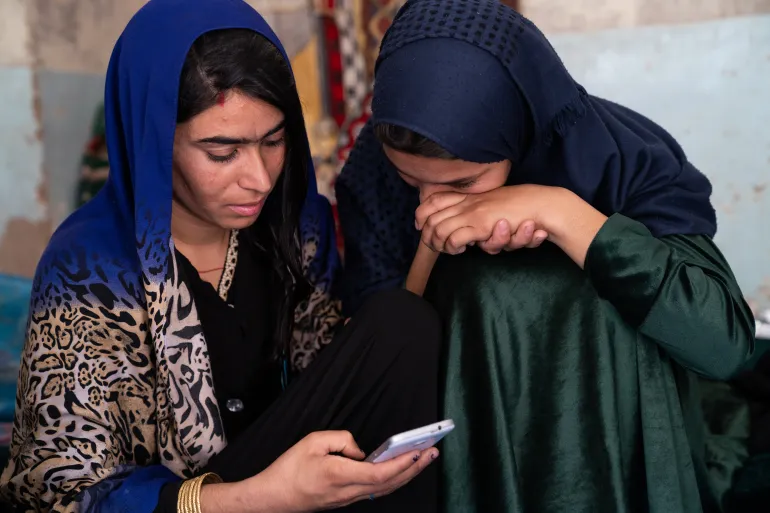In a move sparking both support and concern, Taliban authorities have officially banned smartphones in all schools and madrassas across southern Afghanistan, particularly in the Kandahar province. The directive, issued by the provincial Education Department, affects students, teachers, and administrative staff alike.
Ban Cited as Measure to Protect Education and Uphold Sharia Principles
The ban, which is already being enforced in educational institutions, was introduced under the pretext of maintaining academic discipline and adhering to Islamic principles. A statement from the Education Department described smartphones as a threat to the “future generation,” claiming they distract students and undermine traditional values.

“This decision has been made to ensure educational discipline and focus,” the statement read, emphasizing it was taken from a “Sharia perspective.”
Mixed Reactions from Students and Teachers
Reactions from within schools have been divided. Saeed Ahmad, a 22-year-old schoolteacher, told AFP, “We did not bring smartphones with us to school today. I think this is a good decision so that there is more focus on studies.”
However, not all voices agree. An 11th-grade student, Mohammad Anwar, expressed frustration with the strict enforcement, saying, “The teachers are saying if anyone is seen bringing a phone, they will start searching the students.”
A 12th-grade student, who requested anonymity, said the decision could negatively impact learning, especially for those who rely on digital tools to support their studies. “When the teacher writes a lesson on the board, I often take a picture so I could write it down later. Now I can’t. This decision will negatively affect our studies.”
Policy Extended to Religious Schools
The complete smartphone ban has also been implemented in religious schools (madrassas). Mohammad, a 19-year-old madrassa student, confirmed: “Now there’s a complete ban. No one brings smartphones anymore.”

The enforcement echoes recent actions by Taliban leadership to limit digital exposure across Afghanistan. The Supreme Leader, Hibatullah Akhundzada, recently called on government officials and Islamic scholars to reduce smartphone use, encouraging the use of basic mobile phones instead.
Context and Global Comparison
Afghanistan is not the only country grappling with smartphone use in classrooms. Nations like France, Denmark, and Brazil have also imposed restrictions in recent years, citing concerns over distraction and mental health.
However, the Taliban’s rationale appears to stem more from ideological roots than educational research. The group has also banned images of living beings in media and has limited access to online content in various provinces.
A 28-year-old member of the Taliban security forces, speaking anonymously, shared his own shift away from digital devices: “This is the order of the leaders, and we must accept it. I have now found a brick phone… I used WhatsApp on my smartphone sometimes, but now I don’t use it anymore.”
The Bigger Picture
This latest move adds to a growing list of digital restrictions in Afghanistan since the Taliban’s return to power in 2021. Critics argue the policy disproportionately affects students, particularly girls, who already face bans from secondary school and university education—a situation the United Nations has condemned as “gender apartheid.”
As smartphone access diminishes, so too may the educational opportunities tied to them—particularly in a country where resources and physical materials are limited.




